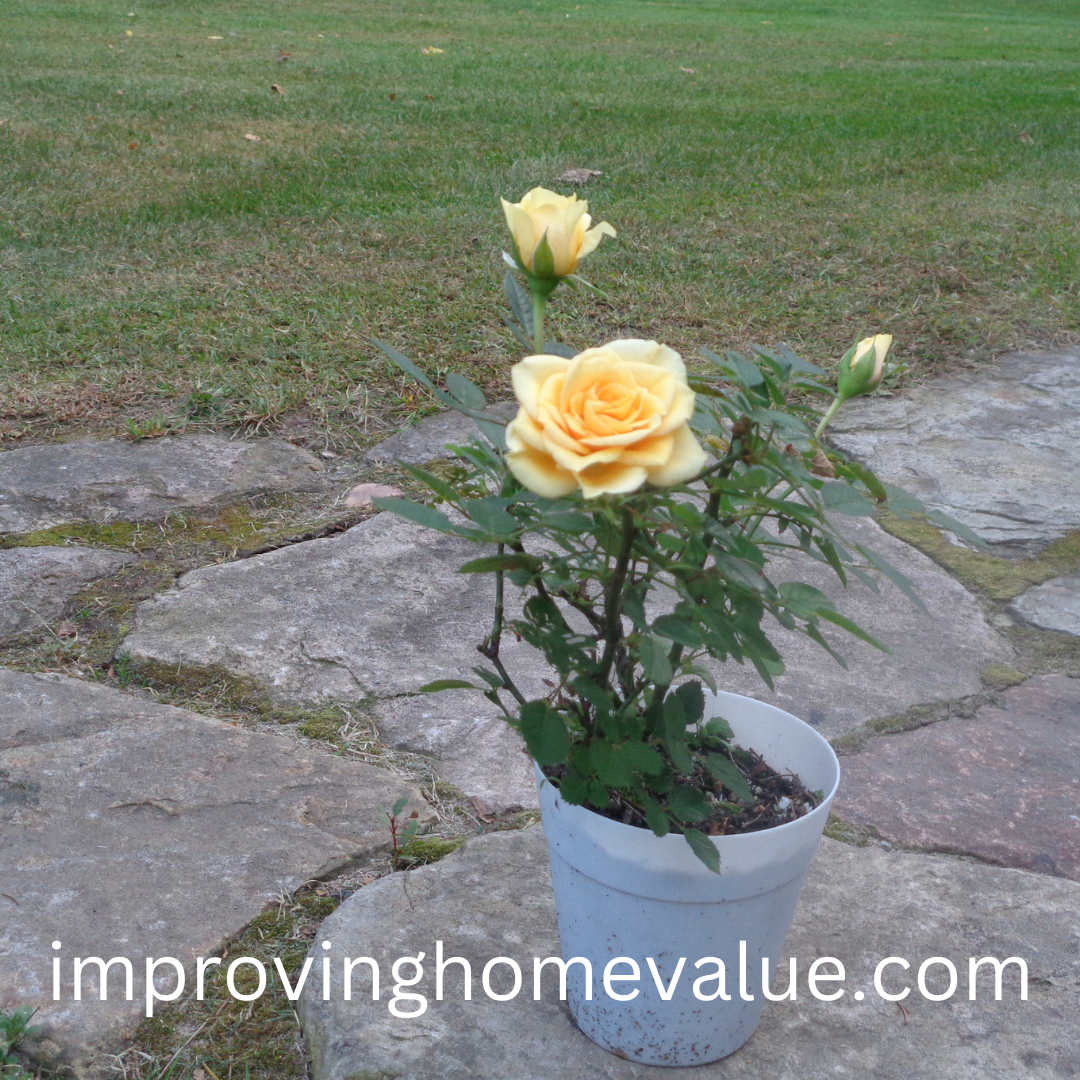Getting roses to bloom beautifully in your garden involves a bit of strategy, but I promise it is well worth the effort. Start with the basics: soil composition is key. Roses love well-drained soil with a pH between 6.0 and 6.8. This means your soil should be slightly acidic. If not, you might want to mix in some organic matter or a bit of lime to tweak those levels.
Sunlight is another big deal for roses. These beauties prefer a spot where they can soak in about six hours of sunlight each day. Too little light can lead to sad, lackluster blooms, while too much, especially direct afternoon sun, can scorch the delicate petals. Find your garden’s sweet spot for light, and remember, some afternoon shade can be a blessing.
Watering isn’t just about turning on the hose. Morning is the best time to water your roses, allowing the leaves to dry out during the day. It helps to prevent fungus and other icky problems. Aim to water at the base of the plant, ensuring the soil is moist but not waterlogged, as this could suffocate the roots.
When considering where exactly to plant these rosebushes in your garden, think about space. You want to make sure there’s enough room for good air circulation, which helps ward off pests and diseases. Also, avoid areas where roses have previously been planted to reduce the risk of soil-borne diseases.
Picking a rose variety is half the fun, as there are over three hundred species from classic red or white to whimsical pinks and yellows, there’s a color for every vibe. Look for ones that suit your climate and the overall look you want for your garden. Consider climbing roses for trellises or miniature roses for smaller spaces.
Pests and diseases can pop up unexpectedly, but there are easy fixes. Keep an eye out for aphids or black spot. A simple spray of water can keep aphids away, and a homemade solution with baking soda can tackle black spot. Always make sure to clean up fallen leaves and debris around your bushes.

Caring for roses is a year-round commitment. Regular deadheading keeps them blooming longer, and pruning in the late winter encourages fresh growth. Be gentle but firm; it’s kind of like giving your roses a haircut!
When winter rolls around, preparing your roses is essential. Trim back the stems, cover the base with mulch or straw, and if you’re in a colder area, consider shielding the bushes with burlap for extra warmth. This way, they’ll stay cozy until next spring.
Enjoy the beauty of roses around your homes and gardens where ever you decide to grow them.
